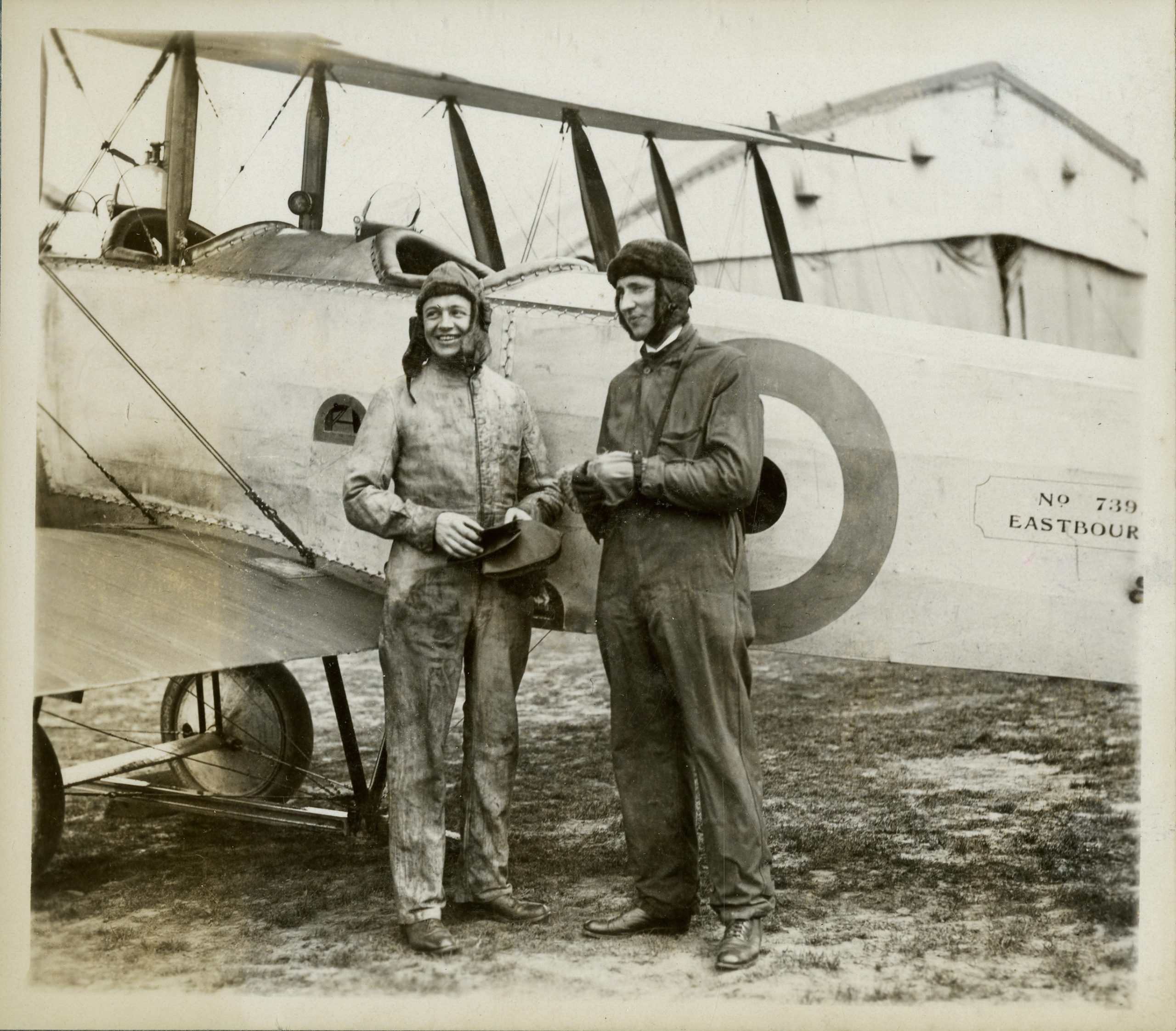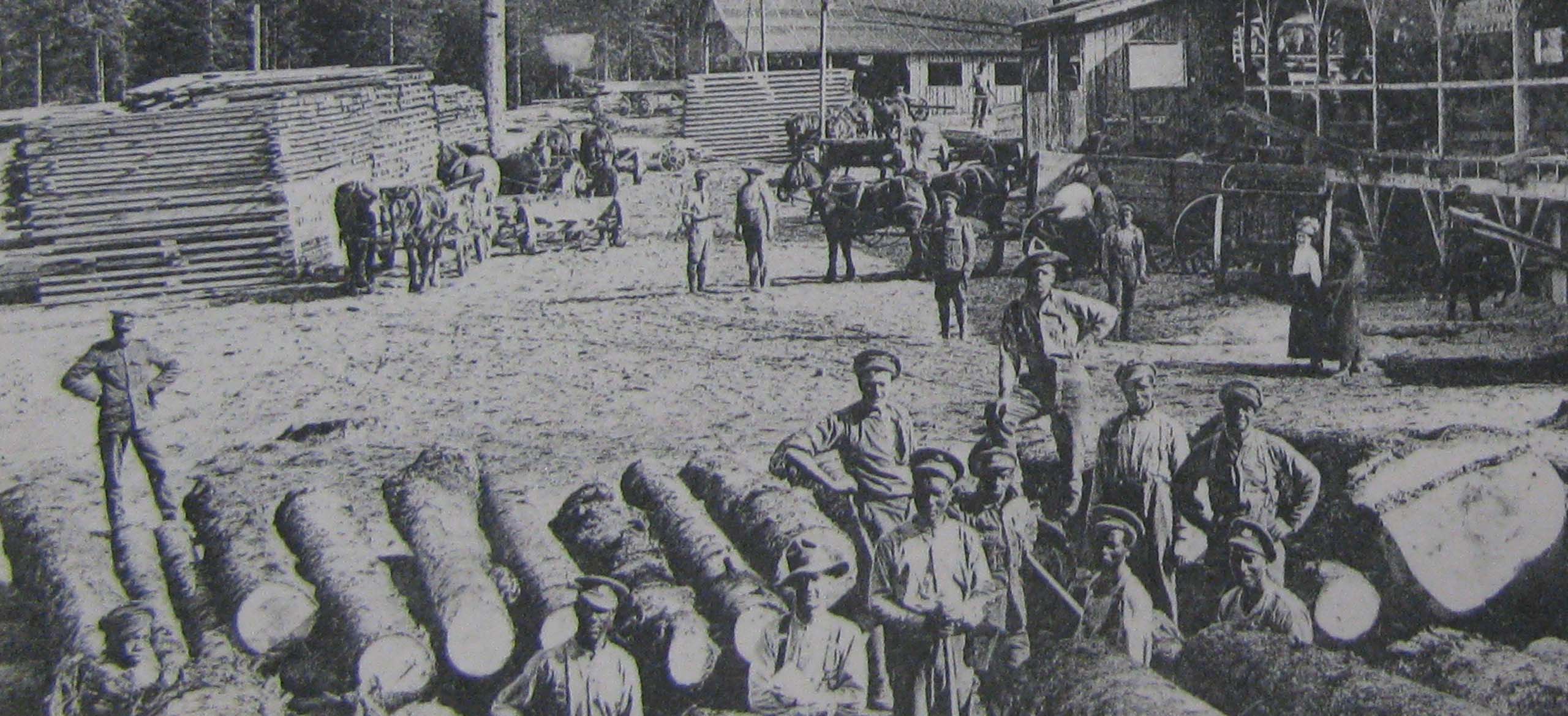The Canadian War Museum’s Military History Research Centre (MHRC) houses, in one convenient location, the George Metcalf Archival Collection and the Hartland Molson Library. These extensive national collections of primary and secondary research material document Canada’s military history from the colonial period to the present day.
Our staff is always pleased to answer your questions and to assist you with accessing our collections and completing your research.

Visiting the MHRC
We are open by appointment from Tuesday to Friday, from 10 am to 4 pm. To consult archival or library materials, you must book in advance.
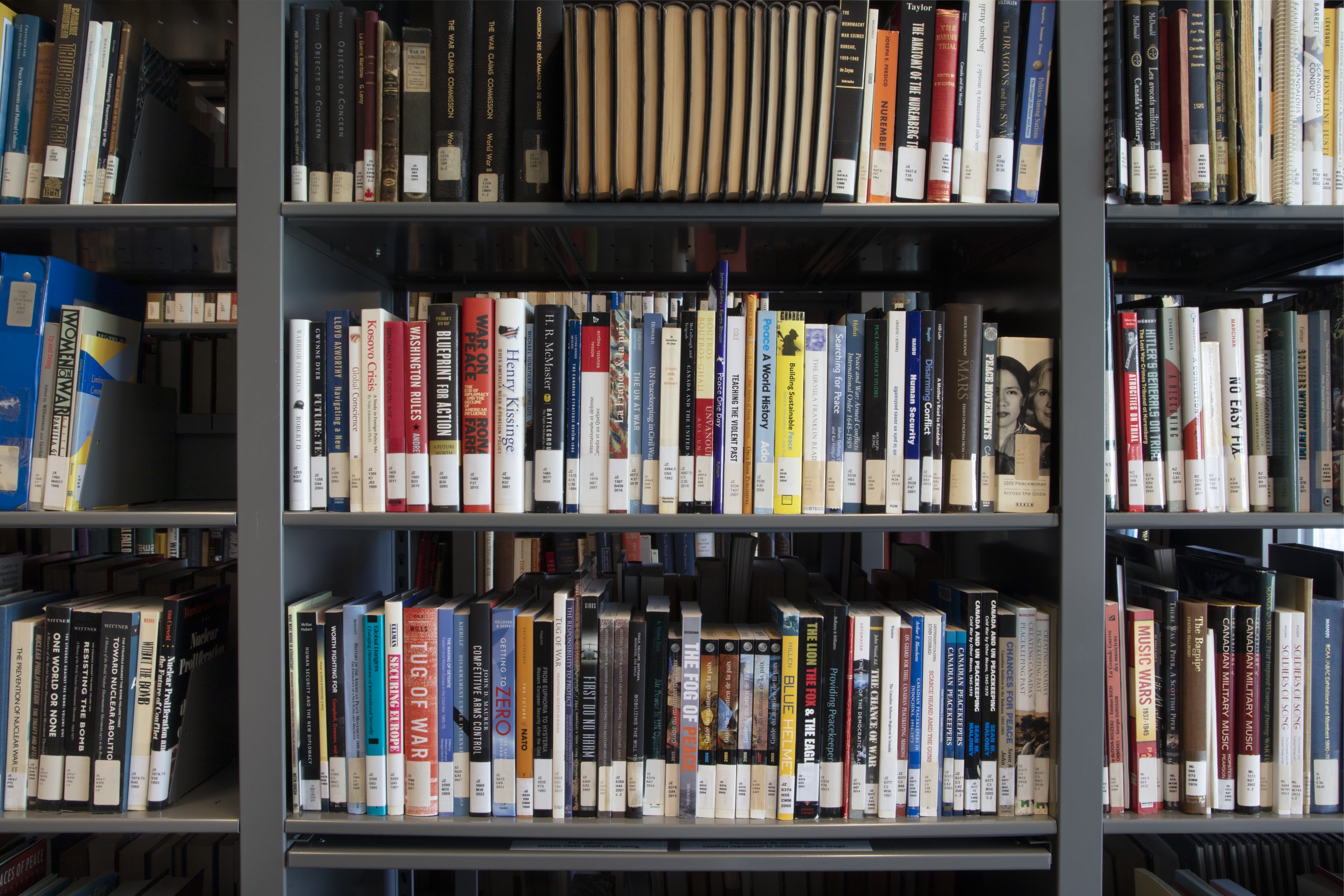
Library and Archives
We have extensive national collections of research material. Our holdings document Canada’s military history from the colonial period to the present day.
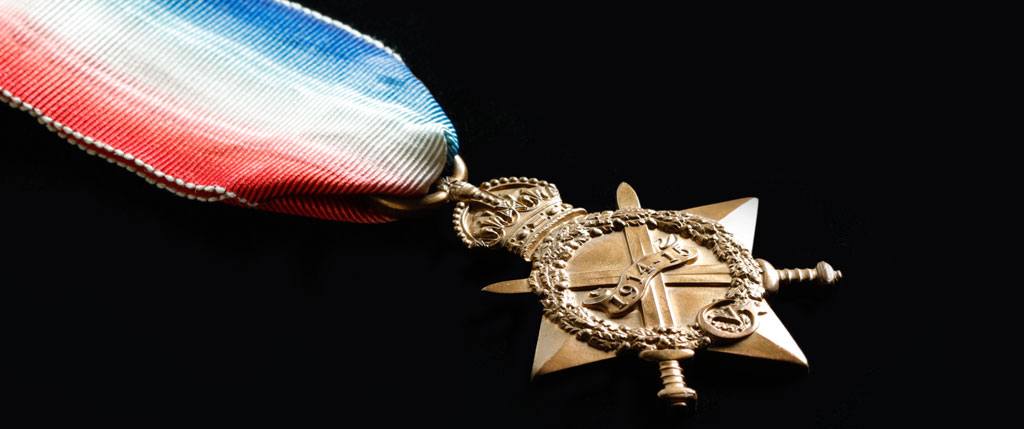
Online search tools
Many of our collections can be searched online. Explore our archives, artifacts, library holdings, wartime newspapers, and military medal records.
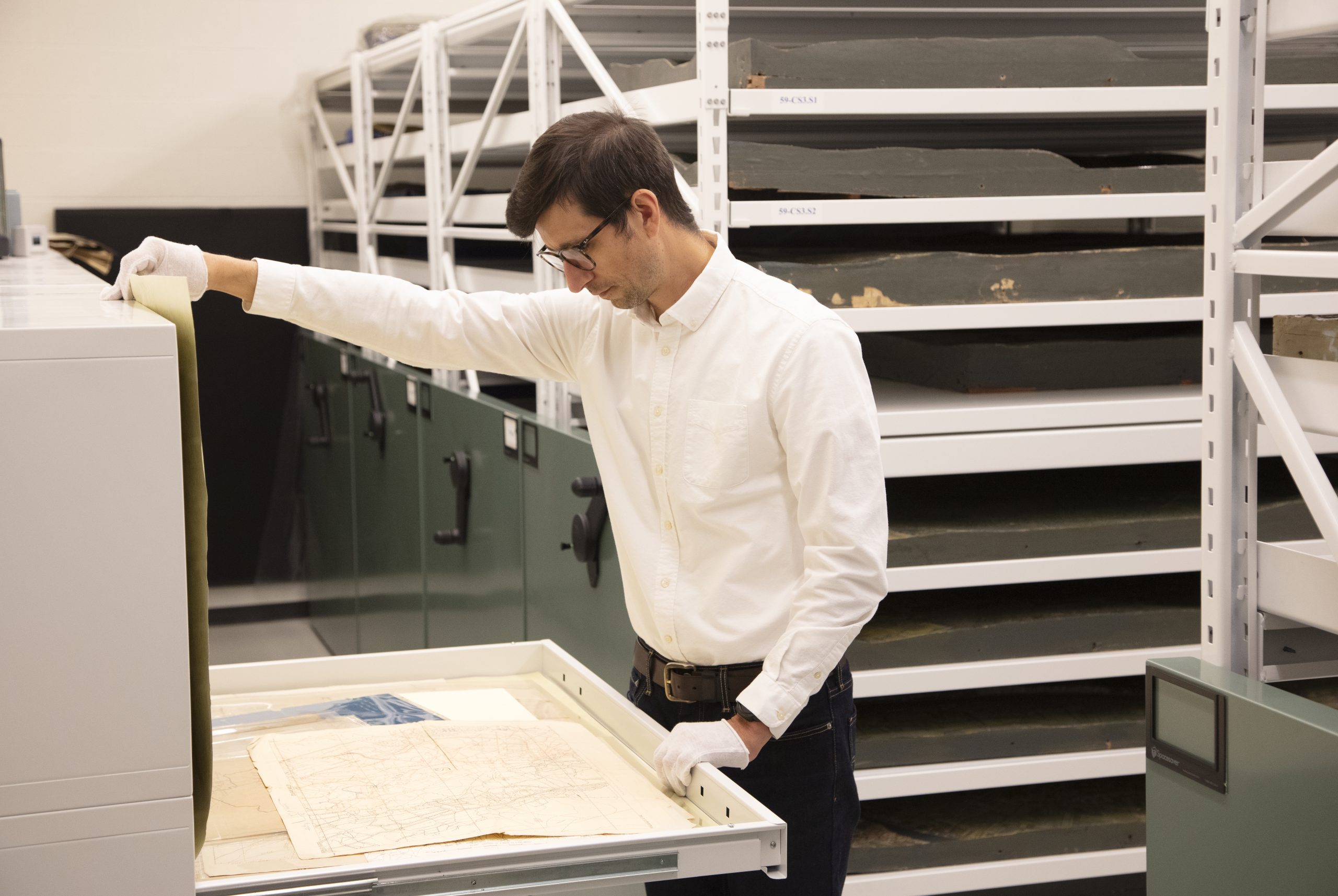
Finding aids
To assist researchers in locating materials, we also offer print and PDF guides to some of our archival collections.
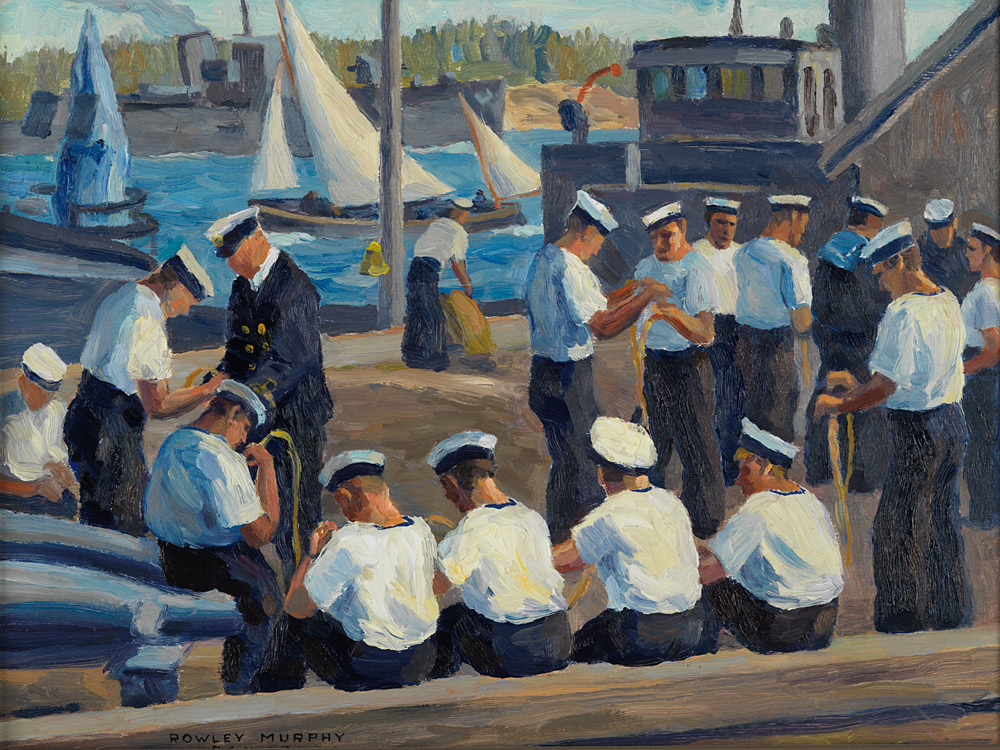
Research military personnel
Our guides will help you research individuals and their military service. Learn where to look and how to find documents, photos, and more.
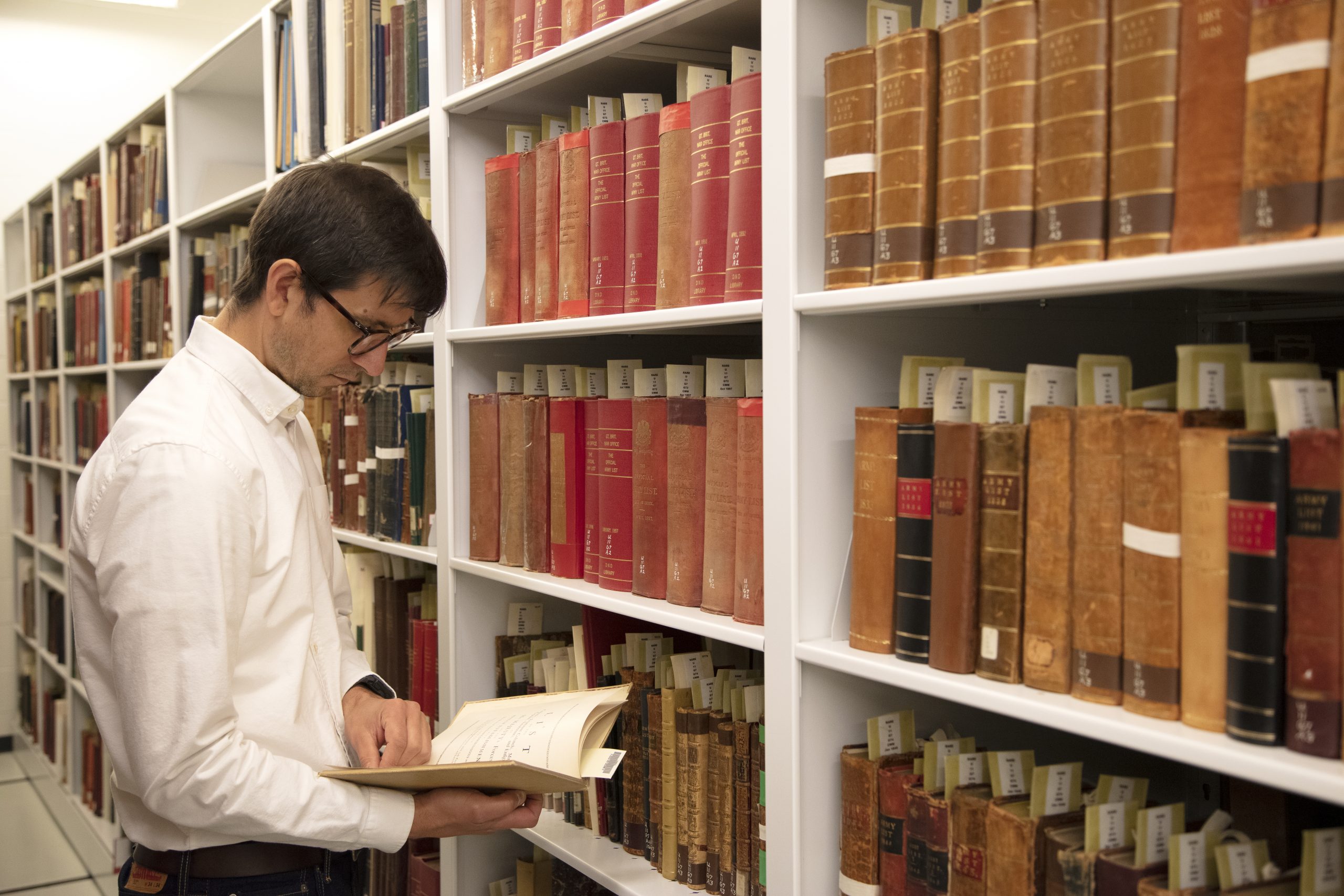
Have a research question?
Check out our Frequently Asked Questions (FAQs) or contact us directly. MHRC staff can provide answers and help with your research.
Reproductions and licensing
Rights and permissions
Many of the materials in our collections can be freely reproduced for personal and research use. You can also license our content for other purposes and even purchase high-quality art prints.
